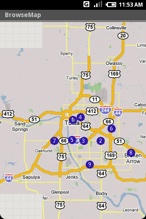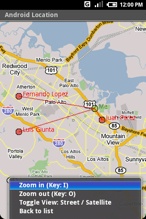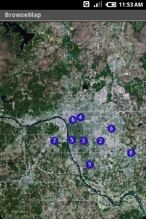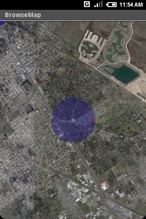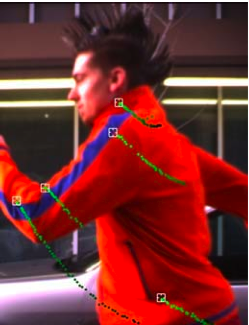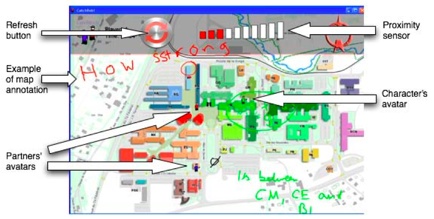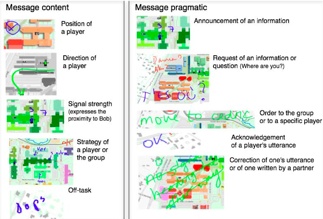Here is a list of “idea labs” around the country/world. It is a list of places where they carry out work very similar to what is done at MIT Media Lab – lots of engineering, design and rapid prototyping/fabrication for projects that push the envelope of technology and its application to our lives.
USA – ACADEMIC
D-Lab/Media-X/CDR, Stanford, http://mediax.stanford.edu/
Infolab, Northwestern University, Evanston, Illinois, http://infolab.northwestern.edu/
Information Sciences Institute/Institute for Creative Technologies, Los Angeles, http://ict.usc.edu/
Georgia Tech GVU, Atlanta, GA, http://www.gvu.gatech.edu/
Human-Computer Interaction Institute, CMU, Pittsburgh, http://www.hcii.cmu.edu/
CMU Entertainment Technology Center, CMU, Pittsburgh, http://www.etc.cmu.edu/
NYU Interactive Telecommunications Program, NYC, http://itp.nyu.edu/itp/flash/Home
Berkeley Institute of Design, Berkeley, CA, http://bid.berkeley.edu/
Four Eyes Lab, UCSB, CA, http://ilab.cs.ucsb.edu/
USA – COMMERCIAL
MIT Media Lab, Cambridge, MA, http://www.media.mit.edu/
MERL – Mistubishi Electric Research Laboratories – http://www.merl.com/
Palo Alto Research Center, Palo Alto, CA, http://www.parc.com/
Eyebeam, NYC, www.eyebeam.org.
Applied Minds in L.A., http://www.appliedminds.com/
Yahoo! Design Innovation Team, design.yahoo.com
Idea Lab, http://www.idealab.com/
Willow Garage, Menlo Park, CA, http://www.willowgarage.com/
Squid Labs, Berkely, CA, http://www.squid-labs.com/
Institute for Human- and Machine Cognition, Pensacola, FL, http://www.ihmc.us/
Accenture Technology Labs, http://www.accenture.com/Global/Services/Accenture_Technology_Labs/default.htm
IBM Research, http://www.almaden.ibm.com/software/disciplines/user/
Docomo Communications Labs, http://www.docomolabs-usa.com/
EUROPE / ASIA
Innovation Lab, Denmark, http://innovationlab.dk
medialab prado madrid, spain, http://medialab-prado.es/
v2 rotterdam, holland, http://www.v2.nl/
interactive institutes, sweden, http://www.tii.se/
ars electroncia futurelab, linz, austria, http://www.aec.at/en/futurelab/index.asp
fabrica, treviso, italy, http://www.fabrica.it/
c3, budapest, hungary, http://www.c3.hu/
distance lab, scotland (former ML europe staff), http://www.distancelab.org/
art+com, berlin, germany, http://www.artcom.de/
meso, frankfurt, germany, http://www.meso.net/
Knowledge Media Institute, Milton Keynes, UK, http://kmi.open.ac.uk/
HumLab Blog, Sweden, http://blog.humlab.umu.se/
ITRI Creativity Lab, Taiwan, http://www.itri.org.tw/eng/
Sony Computer Science Lab, Paris and Tokyo, http://www.sonycsl.co.jp/
DFKI, Saarbrucken, Germany, http://www.dfki.de/web
Creativity & Cognition Studios, University of Technology Sydney, Australia, http://www.creativityandcognition.com/
Mobile Life, Stockholm, Sweden, http://www.mobile-life.org/index.php
Studio Creatif, France Telecom, France, http://www.studio-creatif.com/
HITLabNZ, New Zealand, http://www.hitlabnz.org/
Samsung Advanced Institute of Technology, Korea, http://www.sait.samsung.co.kr/eng/main.jsp

